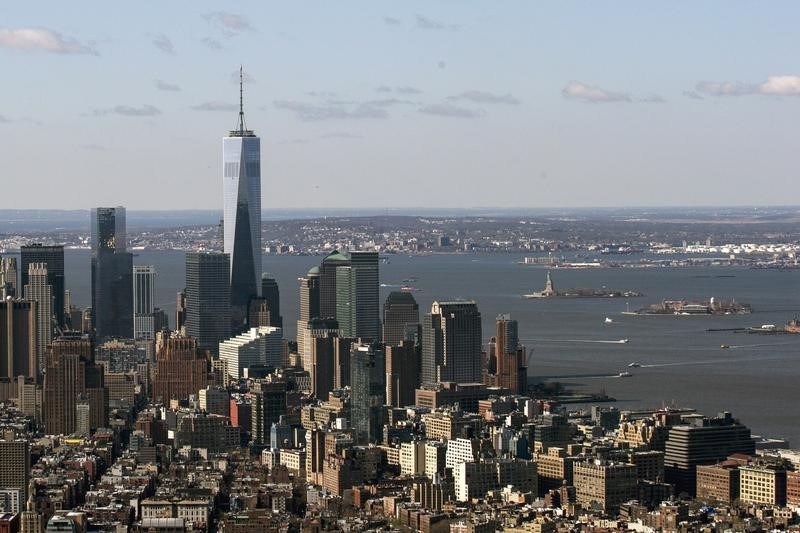This post was originally published on this site
https://i-invdn-com.investing.com/news/LYNXMPEB3G04A_M.jpg
Rent growth in so-called Class B units outpaced that of Class A apartments from March to October, according to rental marketplace Zumper.
Class B buildings are generally older and more affordable. The rents are usually less volatile than for Class A apartments, whose rental prices collapsed in many urban areas last year as dwellers deserted city centers at the onset of the pandemic — and have since bounced back.
The new trend is making it tougher for lower-income households to afford their rents, and signals that the housing market is becoming even hotter. Renters who are priced out of more expensive apartments or homes are moving to Class B communities.
“We have seen dramatic and pronounced rent growth across the multifamily market that is just now catching up to the ‘scalding hot’ single-family housing market,” said James Morgan, principal at Morgan Properties, the second-largest owner of multifamily properties. “It comes down to supply and demand.”
Morgan said rent growth was 10% this year through September across the company’s 93,000 units. That’s up from 3.9% in the 12 months following the start of the Covid-19 crisis.
One driving factor is increasing wages for workers who help maintain the buildings, Morgan said. At the same time, typical, working-class renters of Class B properties also have benefited from nationwide gains in hourly wages.
Morgan anticipates that rents will continue to rise at above-average rates through the first half of next year — although he doesn’t expect that increases of 10% or more will become the norm in 2022 and 2023.
“Until the supply of new homes and new apartment buildings increases, we can anticipate price increases to be here to stay,” he said.
©2021 Bloomberg L.P.

